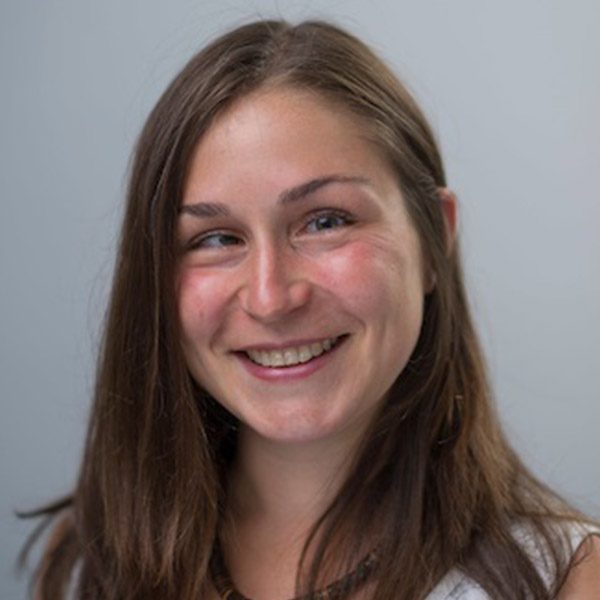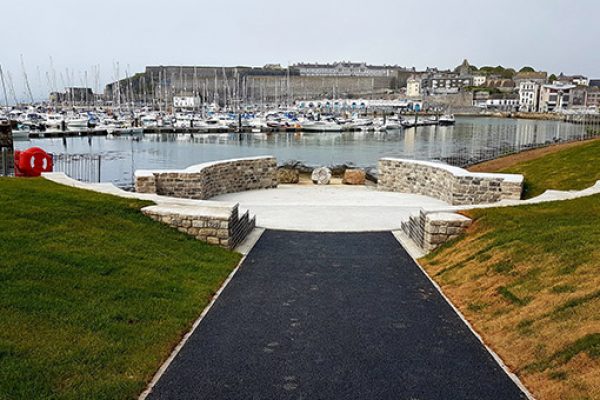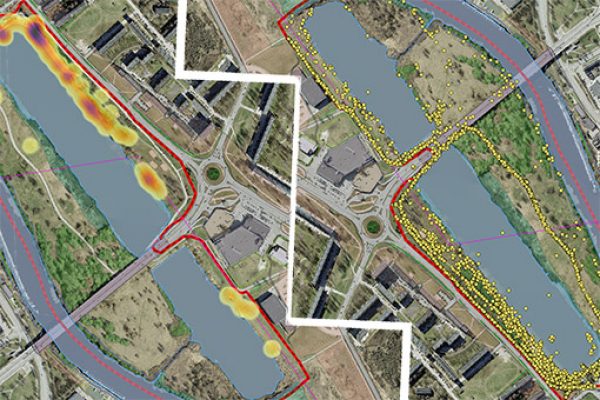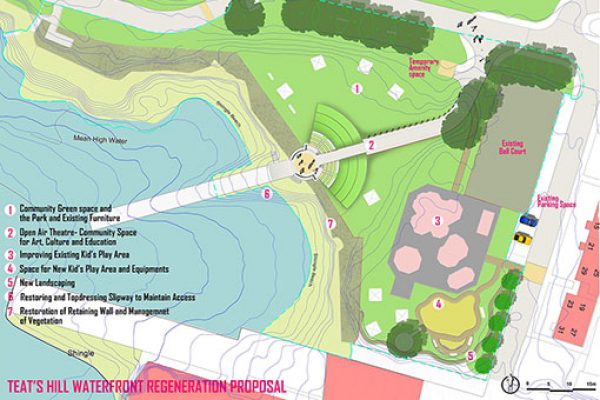Introduction
We designed the BlueHealth Community Level Survey (BCLS) to help us understand BlueHealth both on a local and international scale.
The BCLS is an adapted version of the BlueHealth International Survey (BIS) which explores people’s relationships to blue spaces, and health and wellbeing. The BCLS goes beyond this to explore these relationships in relation to specific local blue spaces.
You can download the BCLS here.
Why community level data?
The BCLS can enable researchers to gain detailed insights into the behaviours and perceptions of a local community; especially those which relate to blue spaces which are of interest to researchers. It provides valuable detail about how specific local issues affect the bigger picture. Surveying the community at a local level also helps to decipher how representative local circumstances are of the country as a whole.
Case study: BCLS in Plymouth, UK
We used the BCLS to evaluate the impact of urban blue infrastructure projects, including in the UK’s coastal city of Plymouth.
As part of this BlueHealth intervention, we interviewed people before and after the intervention, to find out how people’s attitudes and use of the site changed. This helped us to decipher whether the intervention impacted on local self-reported health and wellbeing.
Conducting the surveys
We used a market research company to sample a selection of 600 homes adjacent to the site in Plymouth – 300 before and 300 after the intervention. We dropped off ‘postcards’ in advance telling homeowners that interviewers may come round to talk about renovations at the site.
The interviewers visited even-numbered addressed before the intervention and odd-numbered addresses after, this was to make sure the two samples of the population were essentially similar. We augmented these interviews with in site interviews which also provided added richness.
Cross-validating data
We cross-validated changes to self-reported health using observational data from the BlueHealth Environmental Assessment Tool (BEAT).
For a fully integrated picture of use patterns in the site relative to both the entire nation and locality of Plymouth more generally we also integrated this data with:
- BIS data for the UK
- Behavioural Assessment Tool (BBAT) data
- SOFTGIS data for the whole of Plymouth
Results
The results are still being processed, both the survey and case study updates will be available in due course along with the final peer-reviewed publication detailing all outcomes.
Read our urban blue acupuncture protocol publication in the meantime.
Conducting your own surveys
It’s really important to get ethical approval before conducting your own survey. If your team is collecting the interview data they should be trained in interview techniques and measures should be taken to ensure their safety.
The community level survey can be administered as a face-to-face or phone interview, a mailed survey, or online. For quality data you need a quality sample in terms of size and in its representation of the local population.
While face-to-face interviews conducted onsite require more time and money, they help us in-depth qualitative insights about the people we are surveying.
Online and phone surveys, on the other hand, make it harder to identify specific people in the targeted areas, while postal surveys tend to have lower return rates.
If you are collecting data via post, phone or online, the costs will be lower but it is much harder to get a fair reflection of the local population to complete the interviews. It could also be hard to know if the views of your respondents are shared by others in the local community.
Referencing BlueHealth
When using the Tool please include the following reference to our work: Bell, Simon; Mishra, Himansu Sekhar; Elliott, Lewis R.; Shellock, Rebecca; Vassiljev, Peeter; Porter, Miriam; Sydenham, Zoe; White, Mathew P. (2020). Urban Blue Acupuncture: A Protocol for Evaluating a Complex Landscape Design Intervention to Improve Health and Wellbeing in a Coastal Community. Sustainability, 12 (10), 4084.10.3390/su12104084.










